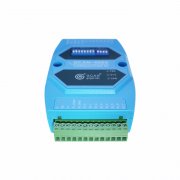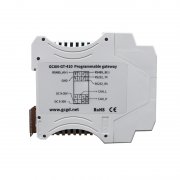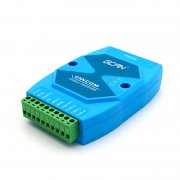How to achieve long-distance communication
How to achieve long-distance CAN communication
Recently, Mr Huerta, a technology company in Mexico, called for a telephone consultation.
Mr Huerta: "Hello Tony(GCAN), when the CAN communication equipment needs to be transmitted over long distances, how to achieve it? The twisted pair will not work!!!"
GCAN: “What are the devices on your CAN bus, and what is the communication baud rate?”
Mr Huerta: “One master and serveral slave, 250K”
GCAN: "How far do you need to transfer over there?"
Mr Huerta: "The farthest distance between the master and the slave needs to be about 12 km apart, but when the actual test is a few hundred meters, it will not communicate."
GCAN: "Traditional twisted pair is definitely a certain signal attenuation. If the distance is too far, communication will not be possible. You can convert CAN signal into fiber-optic signal and transmit it with optical fiber. After transmission, it can be transferred back to CAN.” It’s our GCAN-208 series modules.


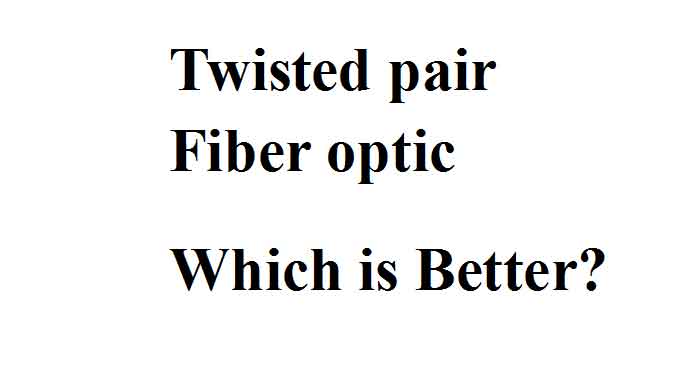
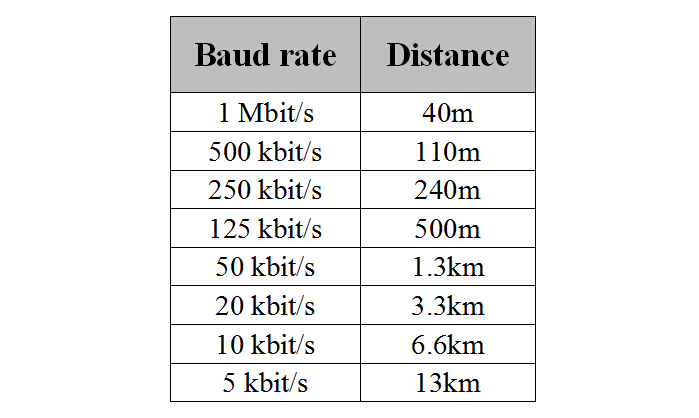
As can be seen from the above table, the CAN bus theory has a maximum communication distance of up to 13Km, but under the premise that the baud rate is only 5K, the bandwidth is relatively small and cannot be used in a system with a large amount of data.
The CAN to fiber optic repeater converts the CAN signal into a fiber optic signal and then transmits the signal through the optical fiber. Since the electrical signal is converted into an optical signal, and the propagation speed of the optical signal is much larger than that of the electrical signal, the transmission of the CAN bus data by this method has no limitation of the communication baud rate, and the signal is not present. The problem of interference, the communication distance can be as far as 10~20km, this distance can almost meet the needs of 99% of customers who need long-distance communication.
At last, i think you must have your answer.


Welcome to contact us, if you want to know more about GCAN and GCAN products.
Our Tel: +86 17742765166.
Email: seven.gcan@gmail.com
Our Tel: +86 17742765166.
Email: seven.gcan@gmail.com


